Deck & Commander Strategies
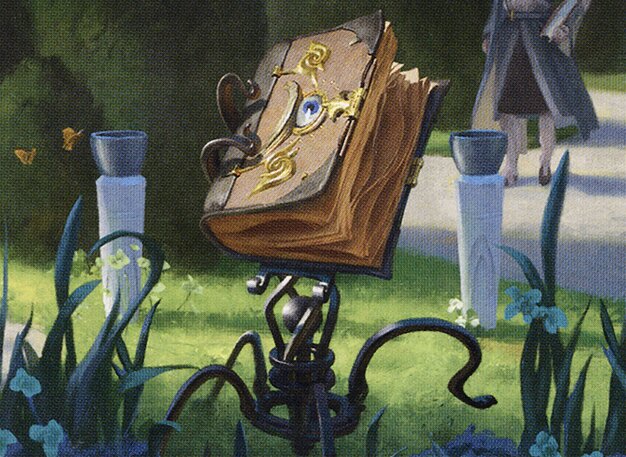
Codie, Vociferous Codex
Utilizes heavy mana acceleration, tutors, and artifact synergies to assemble powerful combos and generate overwhelming card advantage, aiming to win through combo damage or lock pieces.
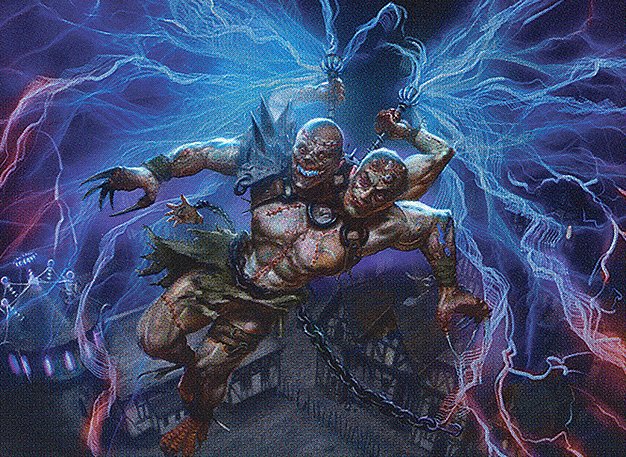
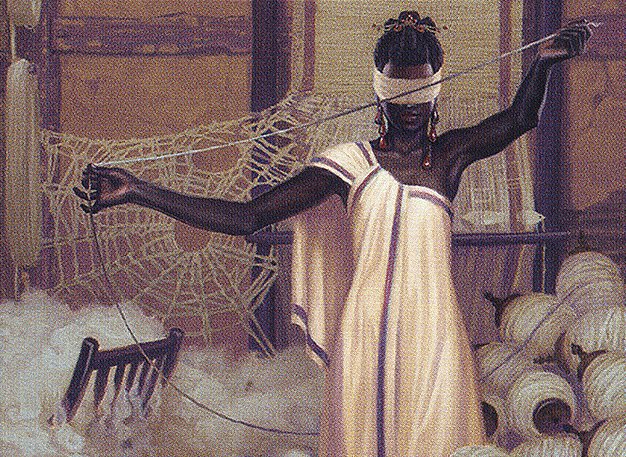
Tymna the Weaver & Kraum, Ludevic's Opus
Focuses on efficient card draw through combat damage and interaction, supporting a midrange or tempo plan that pressures opponents while disrupting their strategies.

Urza, Lord High Artificer
Leverages artifact synergies, mana rocks, and card draw engines to rapidly develop board presence and control the pace of the game, often aiming for artifact-based combos.

Aminatou, the Fateshifter
Centers on control and disruption, using blink effects and artifact synergy to manipulate the board and deny opponents’ key plays, while setting up potential combo finishes.
Gameplay Insights
- 1
The use of Torpor Orb significantly disrupted ETB combo pieces, forcing players to adapt their strategies and timing.
- 2
Codie’s player leveraged multiple tutors in succession to efficiently assemble combo pieces, demonstrating the power of chain tutoring in cEDH.
- 3
Players consistently used mana acceleration and free or low-cost draw effects (e.g., Chrome Mox triggers) to maintain card advantage, crucial in a high-interaction environment.
- 4
Careful management of paying for cards with cascade or similar triggers was critical to maximize card draw without overcommitting mana.
- 5
Passing priority and using responses to protect key spells like Bring to Light and Profane Tutor highlighted the importance of timing in executing combos against disruption.
Notable Cards
-
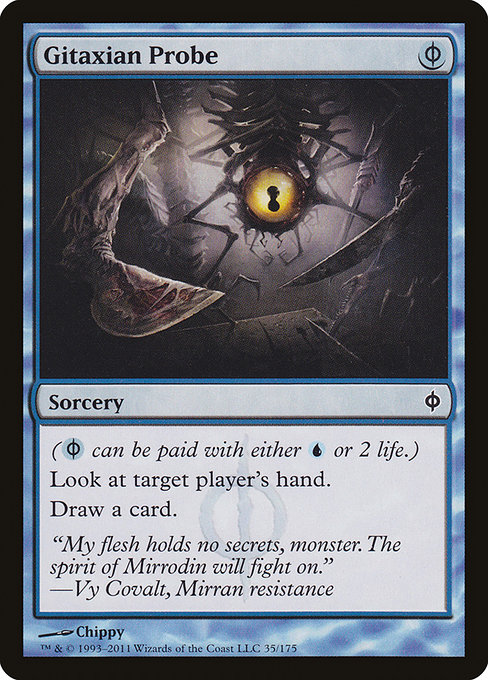
Gitaxian Probe
-
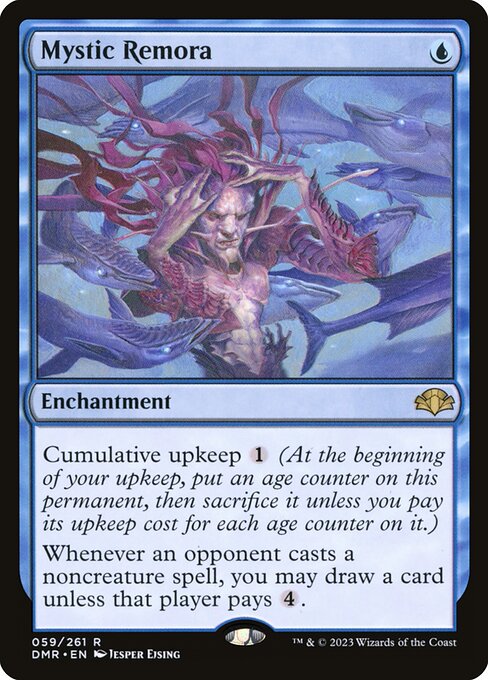
Mystic Remora
-

Demonic Tutor
-
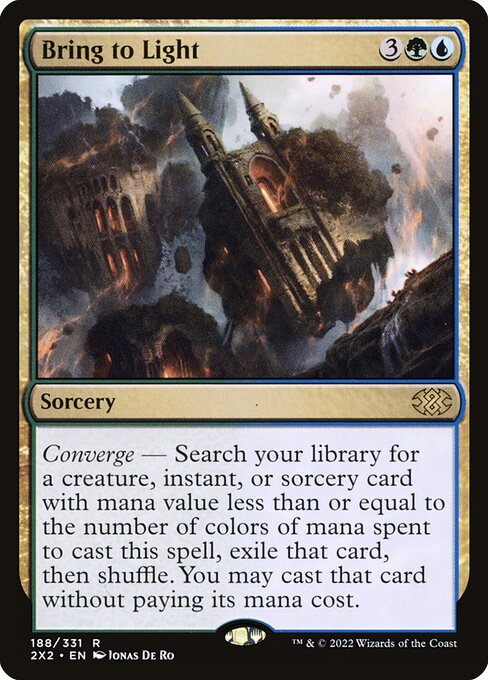
Bring to Light
-

Profane Tutor
-

Chrome Mox
-

Mana Crypt
-
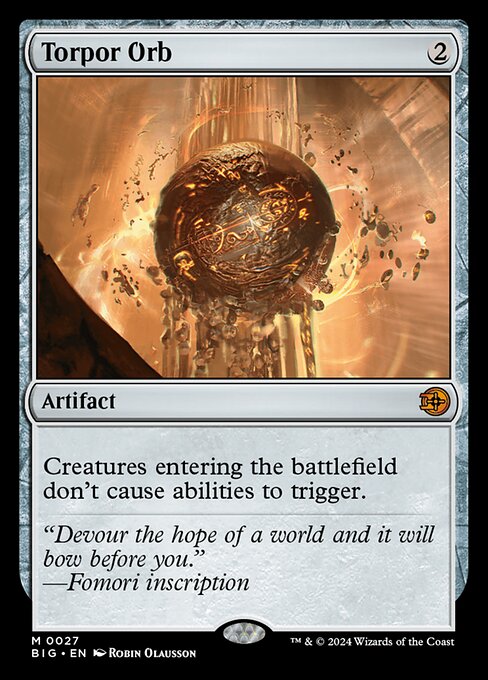
Torpor Orb
-
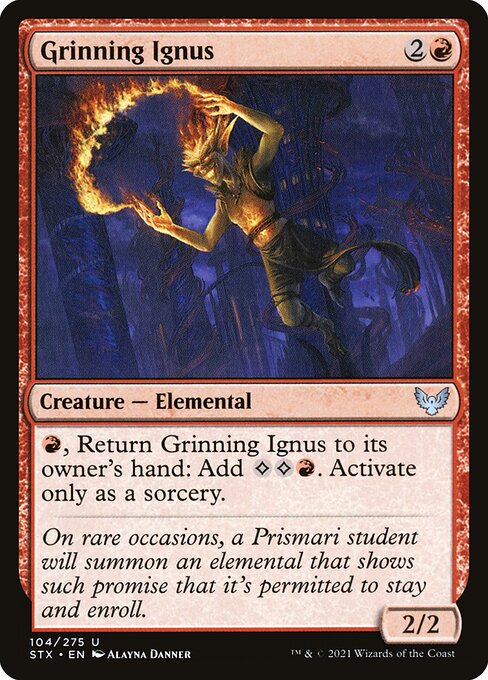
Grinning Ignus
-

Mystical Tutor
-
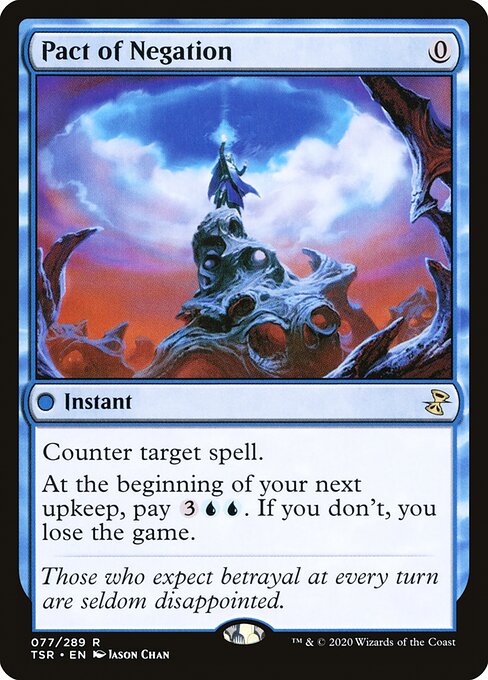
Pact of Negation
-
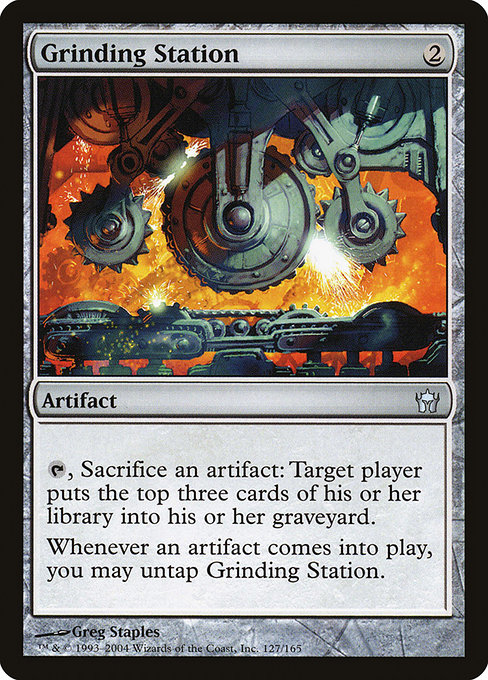
Grinding Station
Gameplay Summary
The game began with players establishing early mana bases and setting up their initial card draw engines, including key cards like Gitaxian Probe and Mystic Remora, which generated early information and card advantage.
Francis, on Codie, aggressively leveraged mana acceleration and tutors like Demonic Tutor and Bring to Light to assemble combos and threats.
Urza's player, Spoon, utilized artifact synergies and card draw engines such as Chrome Mox and Mana Crypt to maintain tempo and pressure.
Aminatou focused on control elements and disruption, using cards like Torpor Orb to hinder opponents' strategies. Midgame saw a flurry of interactions centered around tutors, counterspells, and value engines.
Codie’s player executed a complex sequence involving Profane Tutor, Mystical Tutor, and Bring to Light to find key pieces like Grinning Ignus and other combo components.
Torpor Orb played a pivotal role in disrupting potential ETB effects, forcing players to adjust their plans.
The tension peaked when Codie attempted a combo finish but faced disruption from opponents holding counterspells and removal.
The game remained highly interactive with players leveraging responses to protect their combo pieces and maintain card advantage, leading to a dynamic standoff with shifting board states and resource management critical to the outcome.


































